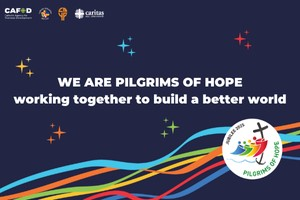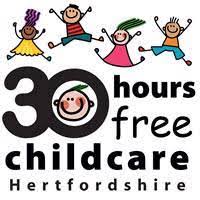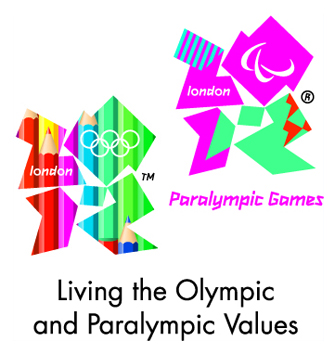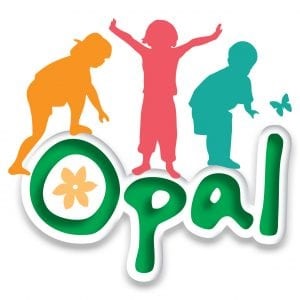Art
Statement of Intent for Art & Design Curriculum at St. Philip Howard
Intent
At St Philip Howard, we value art and design as an important part of the children’s entitlement to a broad and balanced curriculum. A high-quality art and design education should engage, inspire and challenge pupils, eager to achieve their very best in order to fulfil their God-given talents and equipping them with the knowledge and skills to experiment, invent and create their own works of art and design.
Across the school, pupils will be exposed to a broad range of different kinds of arts, craft and design, using the schemes of work from Access Art. They should be able to think critically about art and design, including their own. Through gaining knowledge of famous artists, they should develop an understanding of how art and design both reflect and shape our history, and contribute to the culture, creativity and wealth of our nation, exploring famous artists, architects and designers. As they progress through each year group, they will develop their techniques and have the opportunity to apply these creatively with no ceiling on what they can achieve. They should also know how art and design both reflect and shape our history, and contribute to the culture, creativity, spirituality and wealth of our community and nation.
Fundamental skills such as drawing, sketching, sculpture, textiles, printmaking, use of shape and colour and imagination are built upon with each new topic so that pupils feel confident to apply these independently and are revisited as they move through the school. In art and design lessons, pupils are taught how to design and draw, using research and sketches as aides, use a variety of materials, evaluate their art and build their knowledge.
Implementation
Each class will teach three topics over the academic year - one per term. This information for each year group can be found on Access Art.
Each year group will create a half-termly overview which will indicate which areas of the curriculum will be covered and what the focus will be per week. There will also be a curriculum letter issued to parents every term. The school website, particularly the class pages, will be updated regularly as the term progresses.
Teachers lead discussions and model skills to pupils. If they are unable to model the skills themselves then there is the option to use other adults within the school to model or use online resources where available.
. An element of health and safety will also be discussed particularly in design lessons where specialist equipment is used such as saws or needles. Pupils are guided by teachers but will have some freedom to be creative with the materials used in the topic and have opportunities to discuss and critique each other’s work in order to develop it further. A sketchbook of work will be created and passed up to the next teacher so that the child can add current work to it so that when they leave, they will have a comprehensive timeline of the skills and progression achieved as they have moved through the school. In years 3-6, The sketchbook will be made by the child and added to each year. There may even be mini-sketchbooks for one particular topic.
A self- assessment sheet at the end of each topic encourages pupils to reflect on skills they have learnt and how they can apply these in future. They will also demonstrate what they do differently if they were to complete this topic again. This can also form part of the assessment.
The children will have the opportunity for collaborative working and exploring the different styles and techniques of a range of artists.
Resources will be audited regularly and specific items will be ordered on a regular basis so that there are no shortages which could impede learning.
Impact
Ongoing assessment will take place throughout the year. Teachers use this information to inform future lessons; ensuring children are supported and challenged appropriately. This information will also shape future teaching and learning for the class teachers to use next time.
Pupils’ sketch books demonstrate that control and technique with media such as pencil, pastel and paint improve significantly through their time at SPH. Their sketch books provide a journal to record observations, they are used to review and revisit ideas. Sketch books will contain experimentation, photographs and reflections, showing ideas and development rather than final pieces. Rejected ideas are an essential part of the learning process and are never discarded. There is some evidence of design projects though the final products are not always evidenced in books and glued in photos of their work could be a good way to show their final products.
The children’s ability to reflect on their own and other’s art/design develops, as does their understanding of the significance art and design can have in reflecting our history, such as in the World War 2 topic in Year 6. The arts will form an integral part of the curriculum, for example, a creative element within the RE topics when discussing the meaning of images, creating other pieces of work which reflect the teachings of the Catholic faith. Art will feature significantly in the topics in every year group.
The results of pupil and parent voice will form part of the art and design leader’s vision for future ideas on how to move the school forward in this subject.
SPH will achieve the Artsmark award and gifted and talented children will be acknowledged via the Arts Award.
Exhibitions and whole-school collaborations will form a part of the school art scene and parents will be invited to view these either in person or online via the SPH website.
EYFS
Pupils explore and use a variety of media and materials through a combination of child initiated and adult directed activities. They have opportunities to learn to:
- Explore the textures, movement, feel and look of different media and materials
- Respond to a range of media and materials, develop their understanding of them in order to manipulate and create different effects
- Use different media and materials to express their own ideas
- Explore colour and use for a particular purpose
- Develop skills to use simple tools and techniques competently and appropriately
- Select appropriate media and techniques and adapt their work where necessary
**July 2024 - We have been awarded the Silver Artsmark!**
Thank you for your recent submission, and congratulations on completing your Artsmark journey.
You've achieved an Artsmark Silver Award!
We are delighted to inform you that your setting has been awarded an Artsmark Silver Award. Congratulations!
Your Statement of Commitment and Statement of Impact have been assessed and we’re pleased to share this feedback from our assessors with you:
'St Philip Howard Catholic School has raised the profile of the arts during its first Artsmark journey. Following the impact of COVID, you have successfully restored your range of performances and clubs and have developed your school choir. You now have an Art exhibition and pop-up art galleries showcasing the children’s work and an exciting film makers’ club in which children write, act, film and edit their own creations and work in groups. It would be wonderful for this to be part of your classroom pedagogy and curriculum. Your children have expressed their enthusiasm for the ownership of their learning that you have introduced in the art and design curriculum, including the refinement of the use of sketchbooks. You have recently created an Arts Council and it will be wonderful if you can demonstrate the impact this has on your decisions about curriculum content. Might the children contribute to decision-making about how your arts offer relates to their lives and how it can further reflect and celebrate the diversity of society? Your in-house CPD has developed your teachers’ skills and confidence in art. You have adopted a revised Charanga music curriculum, you have developed the use of drama to support learning in English and History and you have explored links between dance and technology. This is all laying strong foundations under the leadership of your headteacher who, as Music lead, has overseen the development of singing in particular. She has also led on your pupils’ involvement in a Year 5 oracy project for which children wrote and delivered speeches related to Catholic social teaching in your local theatre. With such positive leadership, there is much that you can now explore. Can you now develop your discrete teaching of drama and dance, and the use of digital media, following the same CPD process that has worked with Art? Can you support CPD further through collaborations with arts organisations, creative practitioners and other school settings? Can you extend the opportunities for children to devise and deliver their own performances and showcase their talents? Can you further develop the use of the arts to support wider learning, particularly of your EAL, SEN and PP cohorts? You have some ambitious plans in place and we look forward greatly to hearing how your initiatives impact children’s learning and their lives as your journey continues.'
Congratulations on your Artsmark Silver Award!
Your award is valid for two years and will expire on 16 July 2026












